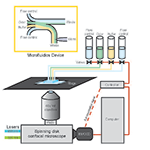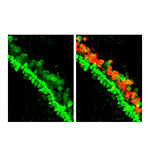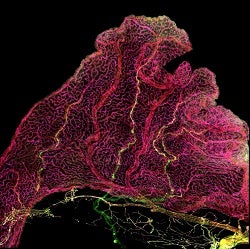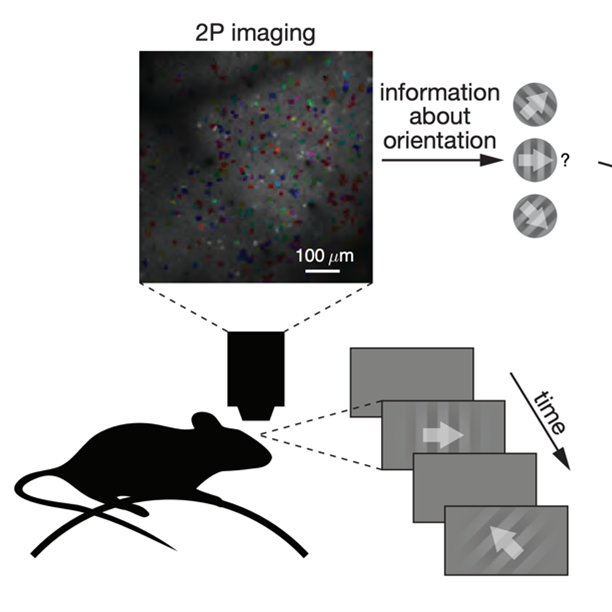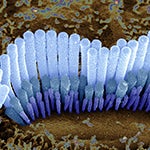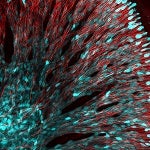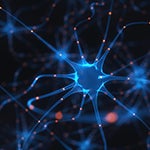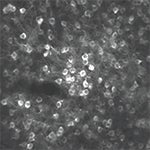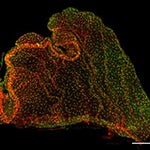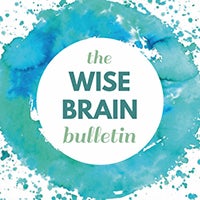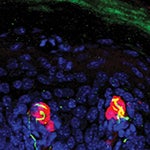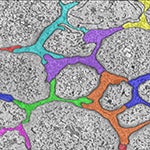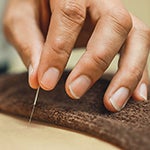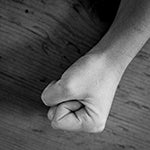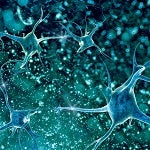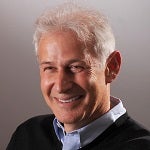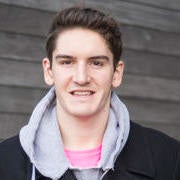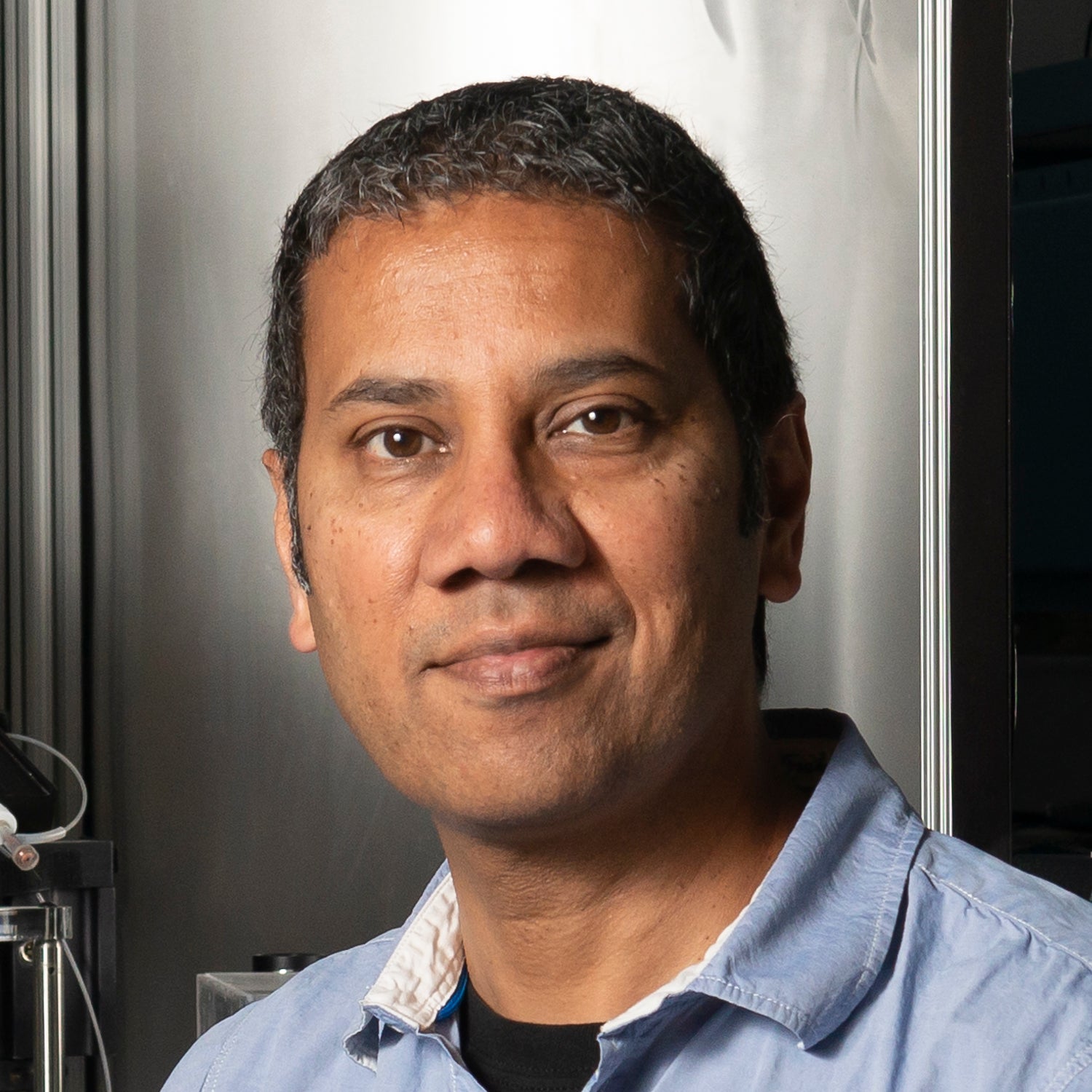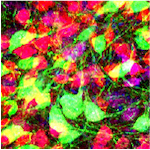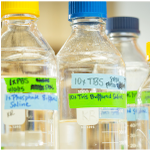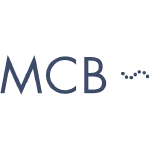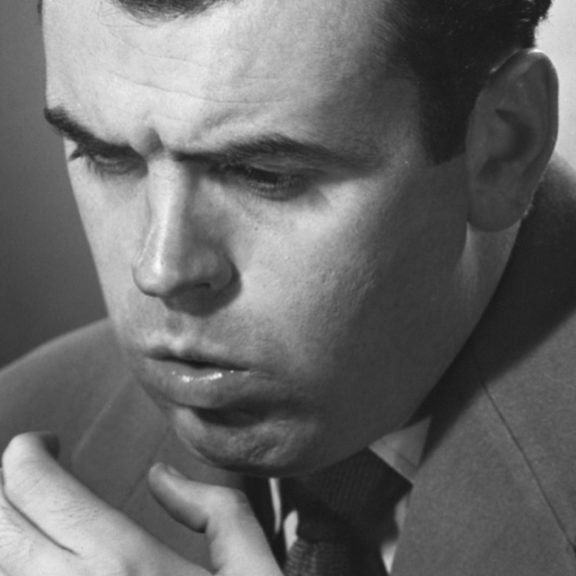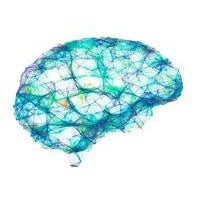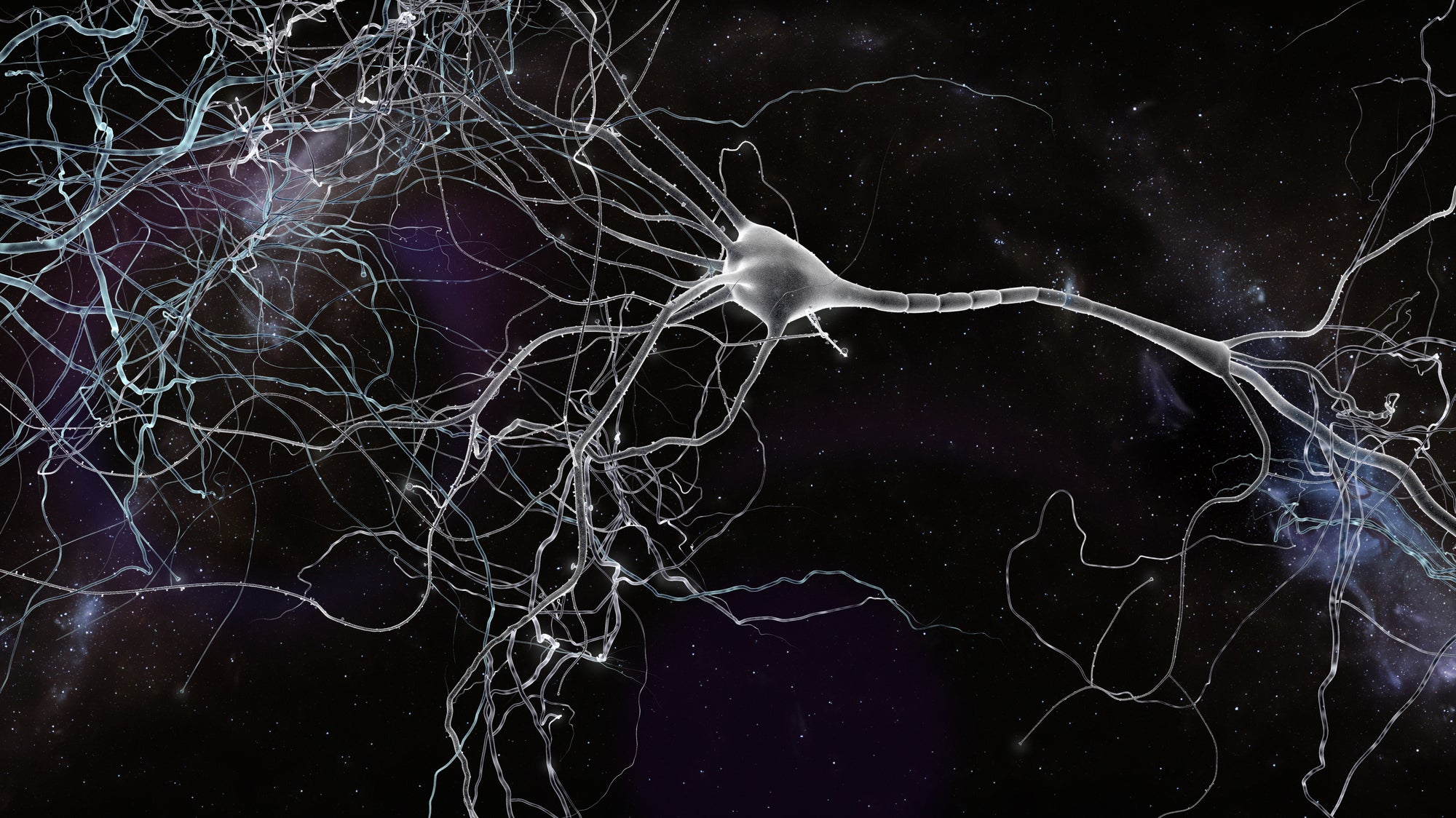Neuro Topics - Cell Imaging
SEARCH OTHER RESEARCH AREAS
July 18, 2024
In a first, neuroscientists have created a microscopic “brain thesaurus” that reflects how the meaning of words is represented. Using a novel technology to record the activity from single neurons in the human brain, the team was also able to predict the meaning of words heard in real-time speech. From Ziv Williams and Colleagues, co-first authors Mohsen Jamali and Benjamin Grannan.
Original article in: Nature >
June 13, 2023
Chemosensation is a critical sense through which animals large and small perceive the world around them, yet our understanding of the way in which odorants in the environment are encoded by sensory neurons remains incomplete. Albert Lin and colleagues in the Samuel Lab recorded from chemosensory neurons in the nematode C. elegans as it experienced different odorants, uncovering how olfactory information is encoded in the brain of the worm.
Original article in: Science Advances >
April 25, 2023
Loss of the inner ear sensory cells, the hair cells, is considered one of the most common causes of hearing loss that is generally permanent. Using single-cell RNAseq, advanced imaging, electrophysiology, and lineage tracing, Yizhou Quan, Zheng-Yi Chen, and colleagues identified a cocktail of drug-like molecules that effectively reprograms fully mature wildtype supporting cells for hair cell regeneration, representing a step forward for hearing restoration by HC regeneration.
Original article in: PNAS >
November 15, 2021
Meng Zhang of the Zhuang lab describes new work using a single-cell transcriptome-imaging method, MERFISH, to generate a detailed cell map of the mouse primary motor cortex (MOp), revealing nearly 100 molecularly defined cell types and their spatial locations. Integrating MERFISH with retrograde tracing technique further allowed the team to understand how these different cell types connect with other brain regions.
Original article in: Nature >
November 12, 2021
Boston Children's Hospital Answers article highlighting the research of Annapurna Poduri and the Epilepsy Genetics team at Boston Children's Hospital.
November 12, 2021
Round up of awards and honors earned by the HBI community.
May 17, 2021
Neil Dani & Maria Lehtinen share new research done with Rebecca Herbst, Naomi Habib & Aviv Regev at the Broad Institute. Using single cell & nucleus sequencing, coupled with tissue-level mapping, they have generated the first cellular and spatial atlas of the choroid plexus blood-CSF barrier. This addresses a historical blind spot by characterizing the core cell types, subtypes, their spatial organization and diversity across brain regions of the developing, adult, and aging mouse brain.
Original article in: Cell >
March 25, 2021
MohammadMehdi Kafashan and Anna Jaffe share their work on the saturation of sensory information in larger neuronal populations, as well as on how this information is distributed across the many neurons in these populations.
Original article in: Nature Communications >
February 26, 2021
HMS News article on research from the labs of David Corey and Wesley Wong, first author Eric Mulhall, providing new insight into the functioning of the tip link—the tiny apparatus of hair cells in the ear that converts auditory signals into electrical ones.
Original article in: Nature Communications >
February 23, 2021
Congratulations to Masahito Yamagata, Isle Bastille, Kadir Ozkan, Carla Carol Winter, Ayush Noori, and Clara Muñoz-Castro
February 8, 2021
HMS News article on new research from the lab of Ziv Williams and colleagues at MIT, first author Mohsen Jamali, identifying the specific neurons critical for social reasoning. Also featured in the Harvard Gazette.
January 28, 2021
Round up of awards and honors earned by the HBI community.
January 5, 2021
Kameron Clayton shares new research from the lab of Daniel Polley. Using a combination of physiological and anatomical tools to access specific types of cortical neurons, they demonstrate that descending projection neurons in mouse auditory cortex are active prior to movements that are expected to generate sound.
Original article in: Current Biology >
November 30, 2020
Round up of awards and honors earned by the HBI community.
November 12, 2020
Jin Cui, Frederick Shipley, Neil Dani, Mark Andermann, and Maria Lehtinen share new research from the Andermann and Lehtinen labs revealing the secretory and calcium dynamics of ChP epithelial cells, which are responsible for secreting CSF and its principal components, as well as movements and functions of macrophages, which represent the largest class of immune cells residing in the ChP.
November 3, 2020
Sarah Roehrich, a speech-language pathologist who works in Lowell, MA, shares an article she’s written for the Wise Brain Bulletin. Spanning basic science, education and clinical research, Roehrich’s article describes how experiences influence brain development from infancy through early childhood. Her piece highlights the plasticity research of Takao Hensch and others, and discusses outreach activities led by Hensch’s NIMH Silvio Conte Center for Mental Health.
November 2, 2020
Harvard Health Publishing article discussing recent findings by the AARP on the impact of music on cognitive and emotional well-being.
September 23, 2020
Round up of awards and honors earned by the HBI community.
September 23, 2020
Harvard Medicine Magazine article showcasing many beautiful images taken by members of the lab of David Ginty at HMS showing cutaneous sensory neurons in action.
Original article in: Harvard Medicine Magazine >
September 22, 2020
Corey Harwell was interviewed for a SFN Neuronline feature on diversifying the field through mentorship and scientific exposure.
August 28, 2020
Charles Zucker and John Dowling (Laboratory of Jeff Lichtman) share new research using a targeted high-throughput connectomics approach to investigate the underlying cause of a neurodegenerative disease of the retina.
Original article in: PNAS >
August 24, 2020
HMS News and Harvard Gazette article on new research from the labs of Qiufu Ma and colleagues, first author Shenbin Liu, demonstrating that acupuncture activates inflammation-regulating pathways and tames cytokine storms in mice.
August 24, 2020
Harvard Gazette interview with David H. Rosmarin, Assistant Professor of Psychology, clinician at McLean Hospital, and director of McLean's Spirituality and Mental Health program, offering perspective on the pandemic’s raging effects.
May 24, 2019
Harvard Gazette story highlighting technology from the lab of Adam Cohen (first author Yoav Adam), which enables a live broadcast of optical recordings from multiple neurons in the hippocampus of mice as they walk.
Original article in: Nature >
May 20, 2019
Dr. Hrvatin aims to understand the neuronal circuits that initiate and regulate this profound hypometabolic state as a means to ultimately harness the potential of these adaptations to develop new medical treatments.
May 20, 2019
Since 1985, the LEGO® Prize has been awarded to individuals or organizations that have made an outstanding contribution to the lives of children and are champions of learning through play.
May 14, 2019
The prize, named for MCB faculty John Dowling, honors neuroscience concentrators who produce outstanding thesis work.
May 8, 2019
The award, presented by the GSAS Graduate Student Council (GSC), recognizes a handful of faculty who go above and beyond in supporting and advising their graduate students.
May 7, 2019
The NAS Award in Molecular Biology is supported by Pfizer Inc. and recognizes a recent notable discovery by a young scientist who is a citizen of the United States. The award is presented with a medal and a $25,000 prize.
May 7, 2019
The Harvard College Professorships were launched in 1997 through a gift from John and Frances Loeb. They are five-year appointments that include extra support for research or scholarly activities, and a semester of paid leave or a summer salary.
May 2, 2019
Awardees are selected from an applicant pool of 1,767 for their potential to make significant contributions to United States society, culture or their academic fields, & will receive up to $90,000 in funding for the graduate program of their choice.
April 29, 2019
The Harvard Brain Science Initiative (HBI) Bipolar Disorder Seed Grant Program supports research relevant to the basic understanding and eventual treatment of bipolar disorder.
April 26, 2019
Congratulations to Bill Carlezon, Kerry Ressler, Elena Chartoff, Vadim Bolshakov, Edward Meloni, Isabelle Rosso, Scott Rauch, Sabina Berretta & colleagues!
April 25, 2019
Cindy Chau (‘19) and Mark Czeisler (‘19), have been awarded prestigious fellowships from the Office of Undergraduate Research Fellowships and Australian-American Fulbright Commission respectively.
April 22, 2019
Congratulations to Kritika Gupta (Lab of Phillipe Cluzel), Nathan Lord (Lab of Alex Schier), Athar Malik (Lab of Nao Uchida), Annika Nichols (Lab of Alex Schier), and Yasuyo Tanaka (Lab of Nao Uchida).
April 19, 2019
He was honored for his world-leading research in global mental health and his pioneering approaches for the prevention and treatment of mental health in low-resource settings.
April 18, 2019
Congratulations to Barbara Kahn, Ronald Kessler, Jeremy Wolfe, and Danesh Moazed.
April 17, 2019
Stat News article describing how the origins of a collaboration between Clifford Woolf, Bruce Bean, along with later input from Bruce Levy, sparked the creation of a biotech start-up aimed at developing a treatment for chronic cough and pain.
March 12, 2019
Charles Lieber and his colleagues published a paper on neural probes that are less detectable by the human brain and may be more effective in treatment.
Original article in: Nature >
March 4, 2019
Stephen Zhang, a neuroscience graduate student in the labs of Michael Crickmore and Dragana Rogulja, was awarded a 2019 Harold M. Weintraub Graduate Student Award by the Fred Hutchinson Cancer Research Center
March 4, 2019
This award is the highest honor given by the Learning Disabilities Association of America. It's given annually in recognition of and appreciation for outstanding leadership at the national level.
October 11, 2018
BIDMC News Brief on study from the lab of Mark Andermann, suggesting there is a division of labor between intermingled ensembles of neurons in the visual association cortex which encode the potential value vs. identity of a visual stimulus
Original article in: Neuron >
August 9, 2018
HMS News article highlighting recent publication of a cellular atlas of a mouse brain, from the labs of Steven McCarroll and colleagues.
Original article in: Cell >


